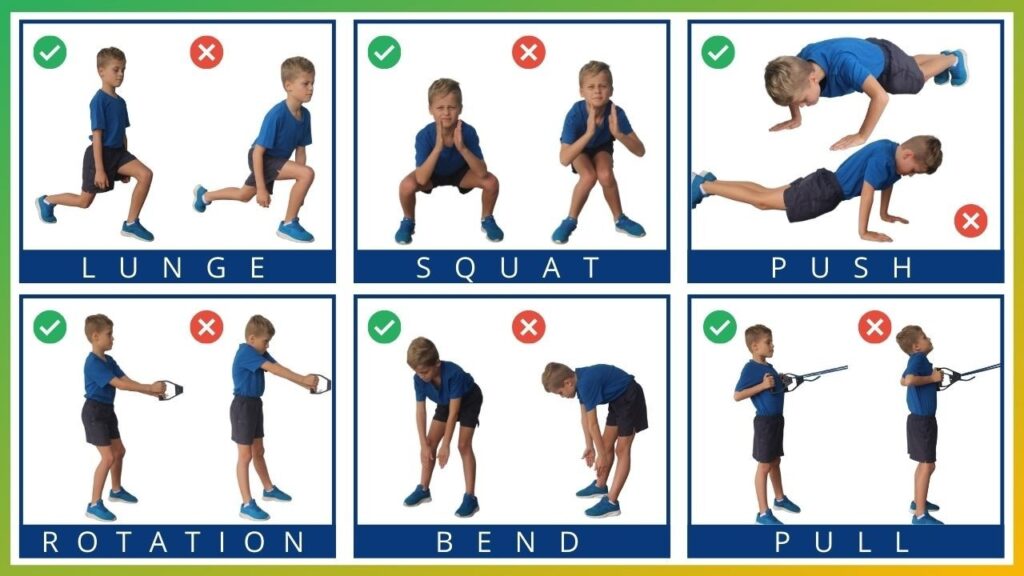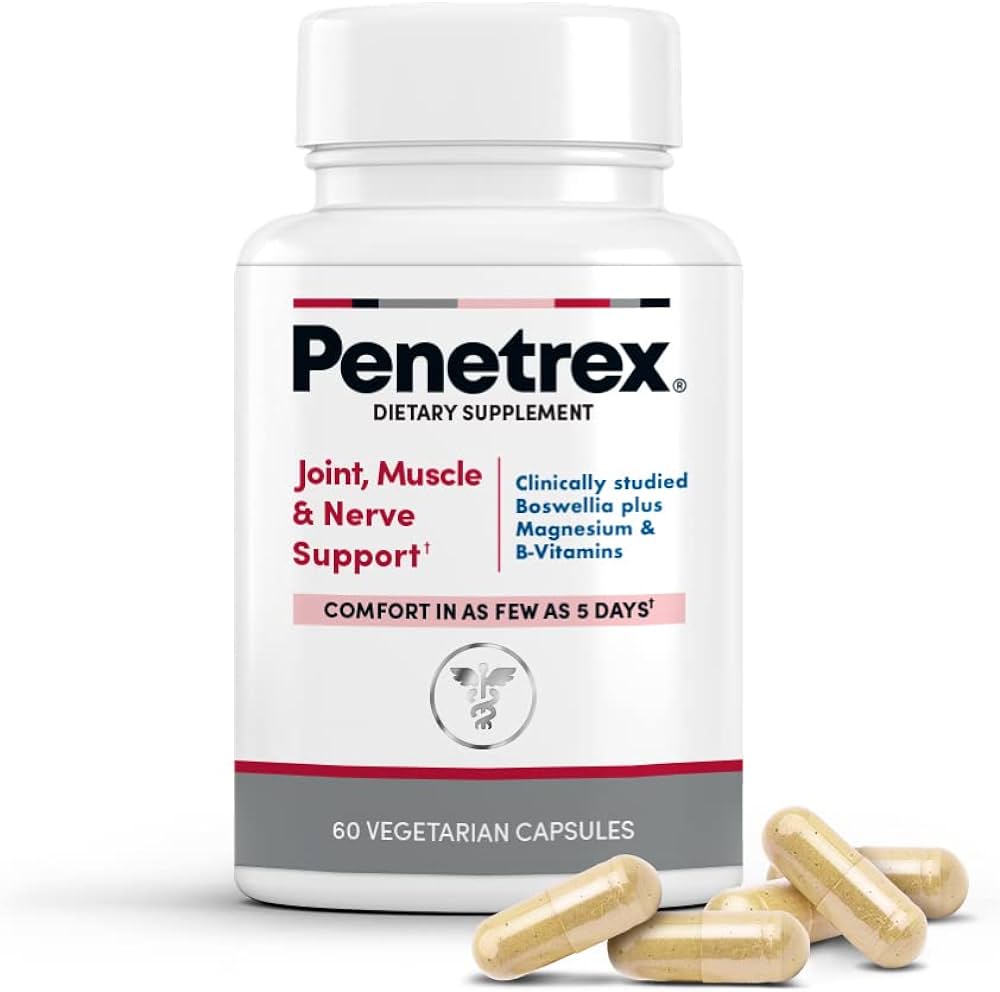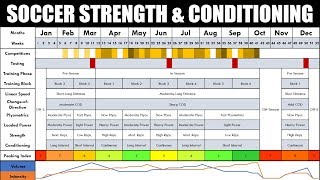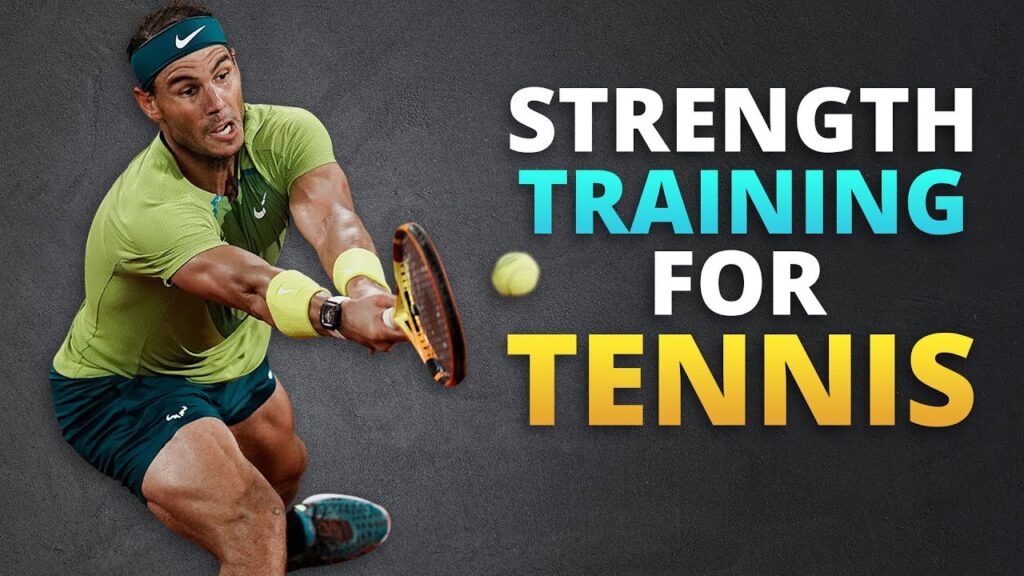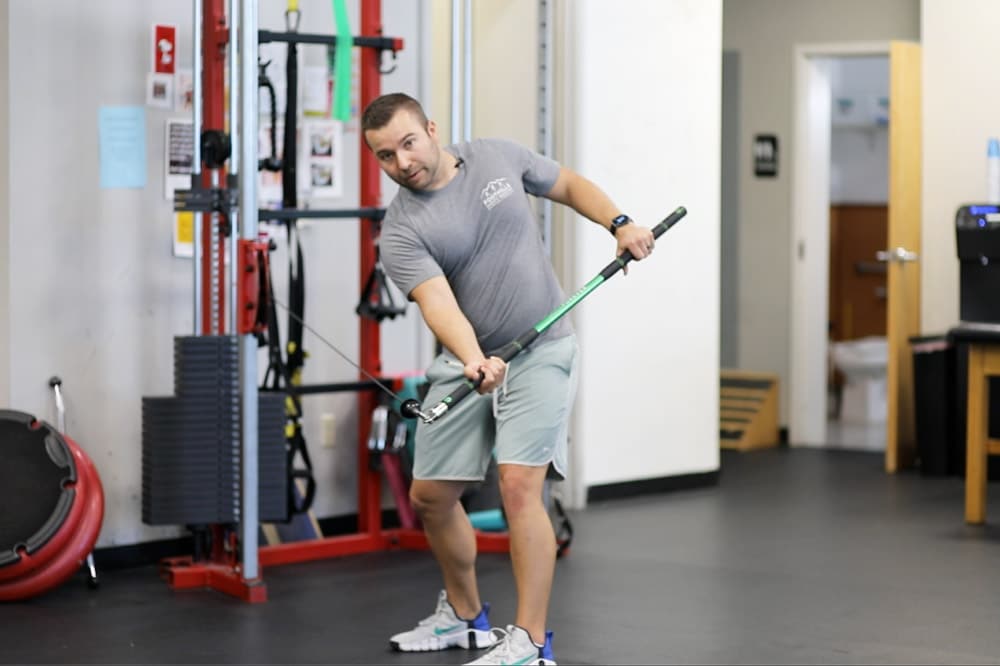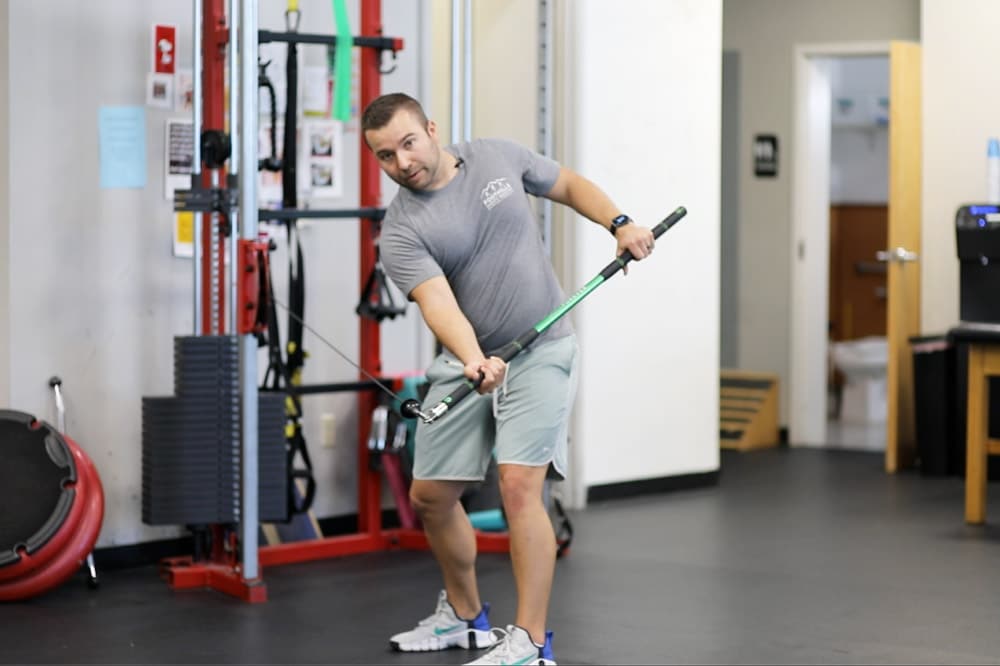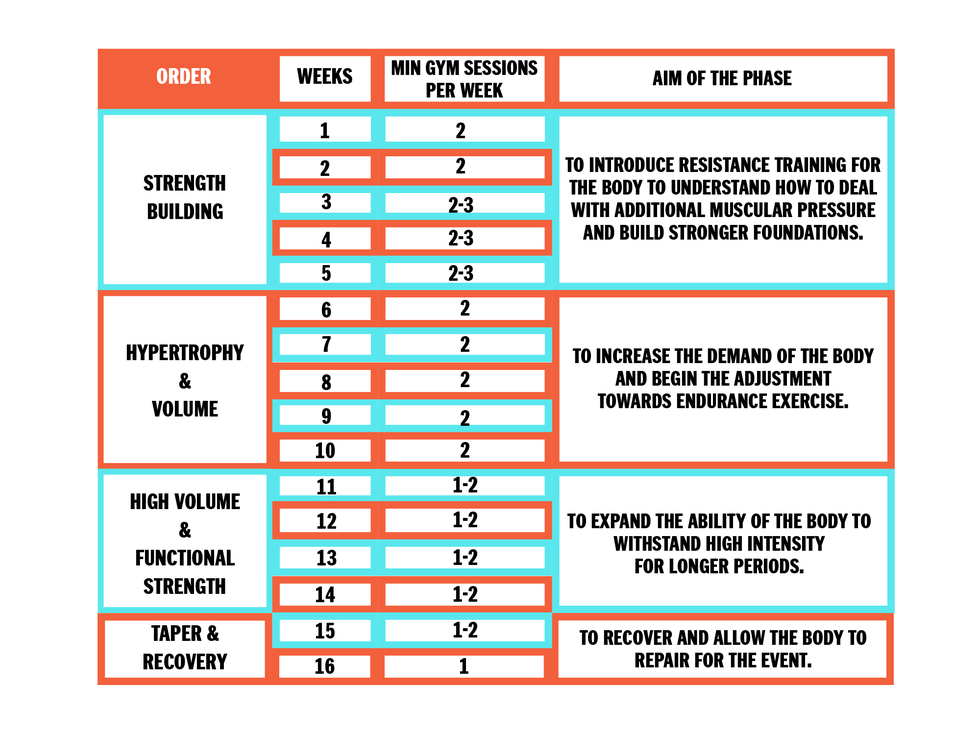Strength training for tennis enhances power, agility, and endurance. It helps prevent injuries and improves overall performance.
Strength training is crucial for tennis players aiming for peak performance on the court. By incorporating specific exercises targeting key muscle groups, athletes can significantly boost their power, speed, and agility. Consistent strength training also reduces the risk of injuries by enhancing muscle resilience and joint stability.
Tailored routines focusing on the legs, core, and upper body ensure well-rounded development. Whether you’re a beginner or a seasoned player, integrating strength training into your regimen is essential for maintaining a competitive edge. The benefits extend beyond the court, contributing to overall physical fitness and well-being.

Credit: m.youtube.com
The Serve: Powering Up Your Game
To serve with power, focus on your stance. Keep your feet shoulder-width apart. Bend your knees slightly and hold the racquet tight. As you swing, rotate your hips for extra force. Follow through with your racquet to complete the serve. Practice these steps regularly for improvement.
Strength training can improve your serve. Push-ups build chest and arm muscles. Squats strengthen your legs and core. Medicine ball throws enhance your explosive power. Plank exercises help with stability and balance. Do these exercises 3 times a week for best results.
:max_bytes(150000):strip_icc()/zhansen_weight-training-for-tennis-3498718_color-39c9ce1e6ad24c3086c95e6773cc1d8b.jpg)
Credit: www.verywellfit.com
Baseline Endurance: Stamina For Long Rallies
Core workouts help in delivering consistent shots. Strong core muscles stabilize your body. This allows for precise movements. Planks and Russian twists are effective exercises. They engage multiple muscle groups. Consistency in these workouts is key. Start with short durations. Gradually increase the time as you get stronger.
Leg strength builds a solid foundation. Squats and lunges are essential. They improve your lower body strength. Strong legs enhance your court movements. Quick sprints and jumps become easier. Aim for balanced development of both legs. This reduces the risk of injury. Consistent training yields the best results.
Net Play: Quick Reflexes And Stability
Strong arms and shoulders help in tennis. Players need to hit the ball with power. Push-ups and pull-ups are great exercises. These workouts make muscles stronger. Medicine ball throws can improve throwing strength. Use dumbbells for bicep curls and tricep extensions. This builds arm power. Strong shoulders help with serving and volleys.
Tennis needs fast footwork. Ladder drills can help. Players move their feet quickly through the ladder. Cone drills are also useful. They improve side-to-side movements. Jump rope exercises increase speed. Sprints help with quick bursts of speed. Agility is key for reaching the ball fast.
The Mental Game: Building Mental Toughness
Strength training can boost your confidence. Strong muscles make you feel powerful. This can lead to a positive mindset. A positive mindset helps you win games. Training also reduces stress and anxiety. Less stress makes you feel calm. Calmness is key in tough matches. Strength training also improves your focus. Better focus helps you make smart decisions. These benefits are great for your mind.
Practice deep breathing to stay calm. Focus on your breath in and out. This helps clear your mind. Visualize your success before a match. Imagine winning points and games. This makes you more confident. Use positive self-talk. Tell yourself, “I can do this.” Positive words boost your confidence. These techniques help improve your game.
Injury Prevention: Staying On The Court
Tennis players need to balance their workouts. This prevents overuse injuries. Include both upper and lower body exercises. Rest days are important too. They help muscles recover. Use different exercises for the same muscle group. This avoids overuse.
Proper recovery strategies are key. Stretching after workouts is essential. It keeps muscles flexible. Use foam rollers to massage sore areas. This helps reduce muscle tightness. Yoga can also be beneficial. It improves both flexibility and balance. Stay hydrated and eat well. This speeds up recovery.
Nutrition For Muscle Growth
Strength training for tennis demands nutrition focused on muscle growth. Balanced protein intake, essential amino acids, and nutrient-rich foods support optimal performance.
Dietary Choices To Support Training
Eating the right foods is essential for building muscle. Lean proteins like chicken, fish, and beans help muscles grow. Carbohydrates give your body energy for workouts. Whole grains and fruits are excellent choices. Healthy fats are important too. Avocados, nuts, and olive oil are good options. Always drink enough water to stay hydrated. Avoid sugary snacks and drinks. They can slow down muscle growth.
Supplements: Are They Necessary?
Some people use supplements to help their muscles grow. Protein powders can be useful after workouts. Creatine is another common supplement. It helps increase muscle mass and strength. Vitamins and minerals are also important. A balanced diet usually provides all you need. Always talk to a doctor before taking supplements. They can tell you what is safe and effective.
Youth And Strength Training: Starting Early
Starting strength training early enhances tennis performance by building muscle, increasing agility, and preventing injuries. Young athletes gain an edge through tailored exercises that improve power and endurance.
Age-appropriate Exercises
Young tennis players need special exercises. Bodyweight exercises are safe and effective. Push-ups, sit-ups, and squats are great. These exercises build strength without heavy weights. Supervised training is important. Kids should work with a coach or trainer. Proper technique prevents injuries. Light resistance bands can be added for variety. This keeps workouts fun and engaging.
Long-term Athletic Development
Starting early builds a strong foundation. Consistency is key for long-term success. Kids should train regularly but not excessively. Balance training with rest and recovery. This helps prevent burnout and injuries. As they grow, exercises can become more advanced. Young athletes should enjoy their workouts. Fun activities keep them motivated and committed.

Credit: www.tennisfitness.com
Monitoring Progress: Tracking Improvements
Use assessment tools to track your tennis progress. Performance metrics help you know your strengths. They also show what needs work. Measure your speed, strength, and endurance. Record your scores regularly to see improvements. Fitness tests can include running sprints or lifting weights. Keep a log of your results. This helps you stay motivated.
Change your training plan based on your progress. If you see improvement, make your exercises harder. This is called progressive overload. If you are not improving, look at your training plan. Make sure you rest enough. Rest is important for muscle growth. Eat healthy foods to give you energy.
Frequently Asked Questions
How To Build Strength To Play Tennis?
To build strength for tennis, focus on compound exercises like squats, lunges, and deadlifts. Incorporate resistance training, plyometrics, and core workouts. Practice agility drills and maintain a balanced diet. Consistency is key.
Is Squatting Good For Tennis?
Yes, squatting is beneficial for tennis. It strengthens leg muscles, improves agility, and enhances overall performance on the court.
How Do Tennis Players Build Muscle?
Tennis players build muscle through strength training, resistance exercises, and proper nutrition. They focus on compound movements and core stability workouts.
Can You Lift Weights And Play Tennis?
Yes, you can lift weights and play tennis. Combining both can improve strength, endurance, and overall performance in tennis.
What Is Strength Training For Tennis?
Strength training for tennis involves exercises to enhance muscle power, endurance, and overall athletic performance on the court.
Why Is Strength Training Important For Tennis?
Strength training improves agility, speed, and endurance, helping players perform better and prevent injuries during matches.
How Often Should Tennis Players Do Strength Training?
Tennis players should engage in strength training 2-3 times per week to see optimal results and avoid overtraining.
What Exercises Are Best For Tennis Strength?
Effective exercises include squats, lunges, deadlifts, and plyometrics, targeting legs, core, and upper body muscles.
Can Strength Training Improve Tennis Serve?
Yes, strength training enhances muscle power, leading to stronger, faster, and more accurate serves on the tennis court.
Is Strength Training Safe For Young Tennis Players?
Yes, with proper supervision and age-appropriate exercises, strength training is safe and beneficial for young tennis players.
Conclusion
Strength training is essential for tennis players to enhance performance and prevent injuries. Incorporate these exercises into your routine. Consistency and proper technique are key to maximizing benefits. Start today and see improvements in your game. Your future self will thank you for the effort and dedication.

